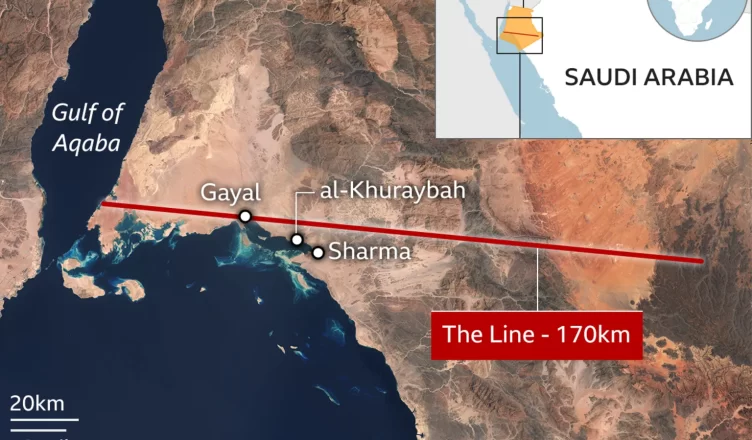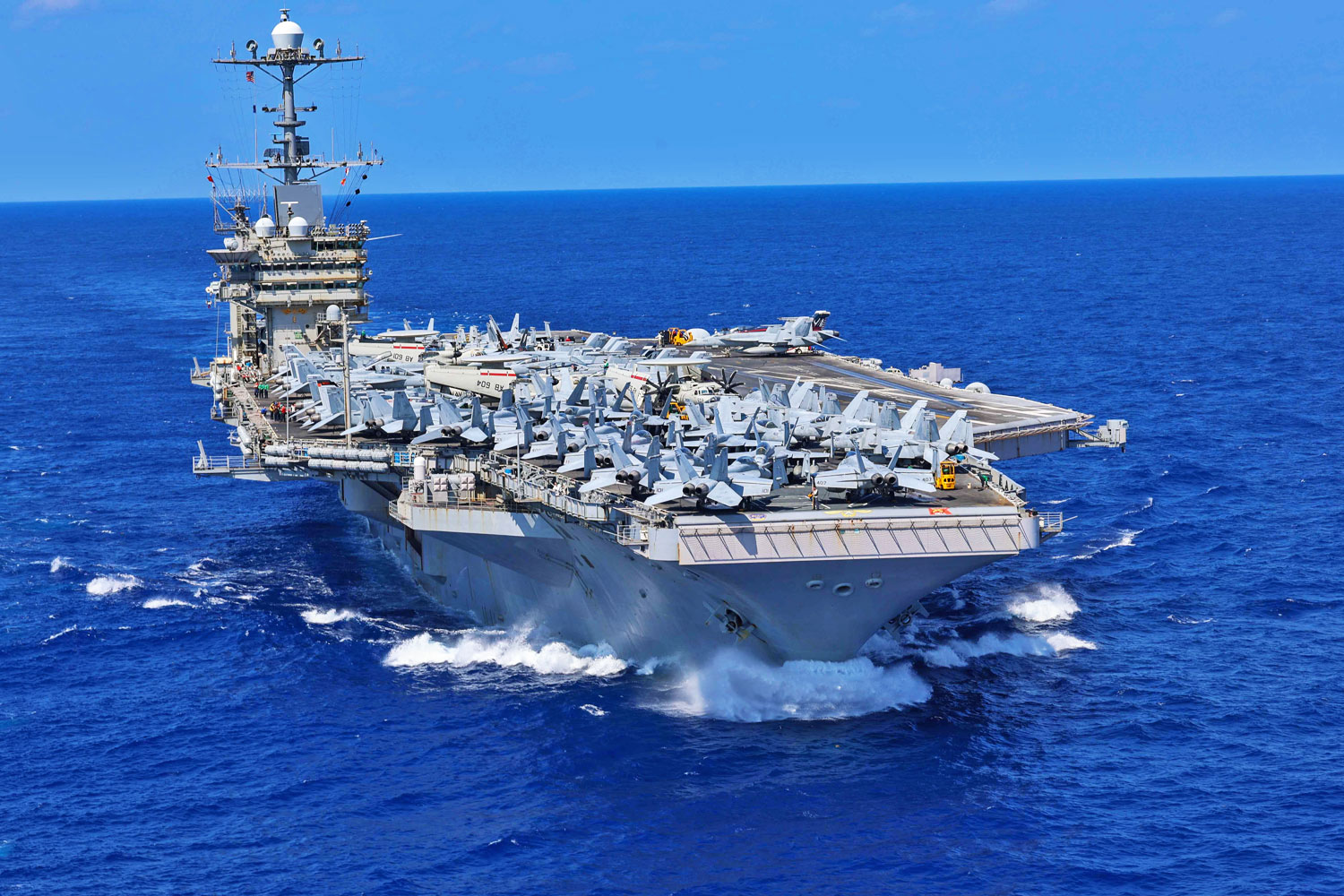50 Years Of Tension: India's Bold Military Action Against Pakistan

Table of Contents
The 1971 War and the Liberation of Bangladesh
Prelude to Conflict
The 1971 Indo-Pak War was the culmination of rising Bengali nationalism in East Pakistan (present-day Bangladesh) and the brutal crackdown by the Pakistani military following the 1970 general elections. Sheikh Mujibur Rahman's Awami League won a landslide victory, but the Pakistani establishment refused to transfer power, leading to widespread civil unrest and a humanitarian crisis. This political climate created the perfect storm for conflict.
- The role of India's support for the Mukti Bahini: India provided significant support to the Mukti Bahini, the Bengali guerrilla force fighting for independence, offering training, arms, and refuge to countless refugees fleeing the violence in East Pakistan.
- Pakistan's preemptive strike and India's response: On December 3, 1971, Pakistan launched a preemptive air strike against Indian airfields, triggering a full-scale war. India responded decisively, launching a multi-pronged offensive on both the eastern and western fronts.
- Key battles and military strategies employed: Key battles included the Battle of Longewala, the Battle of Basantar, and the siege of Dhaka. India employed a combination of conventional warfare and guerrilla tactics, effectively utilizing its superior air power and ground forces.
- The decisive Indian victory and the birth of Bangladesh: The war ended with a decisive Indian victory, resulting in the surrender of 93,000 Pakistani troops in East Pakistan and the subsequent birth of Bangladesh. This event fundamentally reshaped the geopolitical landscape of South Asia.
The Kargil War (1999): A High-Altitude Confrontation
Infiltration and the Indian Response
The Kargil War, a high-altitude conflict in the Kargil district of Kashmir, saw Pakistani infiltrators occupy strategic positions along the Line of Control (LOC). This unexpected incursion posed a significant challenge to India.
- The strategic importance of the Kargil heights: The Kargil heights offered Pakistan a significant military advantage, overlooking key Indian positions and supply routes.
- The challenges of high-altitude warfare: Fighting at high altitudes presented unique challenges, including extreme weather conditions, logistical difficulties, and the need for specialized equipment and training. Operation Vijay was launched as a response.
- International pressure and the eventual Pakistani withdrawal: International pressure mounted on Pakistan to withdraw its forces, and after a protracted military campaign, Pakistan eventually conceded.
- Long-term consequences and impact on Indo-Pak relations: The Kargil War severely damaged Indo-Pak relations, highlighting the volatile nature of the Kashmir dispute and the risks of cross-border infiltration. This conflict significantly impacted the India-Pakistan peace process.
Surgical Strikes (2016 & beyond): A New Era of Military Engagement?
The Uri Attack and the Response
The 2016 Uri attack, in which militants killed Indian soldiers, led to a significant escalation in tensions and India's response in the form of surgical strikes across the LOC. This marked a significant shift in the nature of India-Pakistan military actions.
- The nature and scale of the surgical strikes: India claimed to have conducted surgical strikes targeting terrorist camps across the LOC, inflicting significant casualties. The scale and specifics of these operations remain disputed.
- Pakistan's denial and the international reaction: Pakistan denied the claims of surgical strikes, while the international community largely urged restraint and dialogue.
- The implications of cross-border military actions: The surgical strikes raised concerns about the potential for escalation and the risks of unintended consequences. Cross-border terrorism and retaliatory actions are an ongoing challenge.
- Escalation of tensions and the ongoing border skirmishes: The surgical strikes, while signaling India's resolve, did not resolve the underlying tensions and have led to continued border skirmishes and heightened military preparedness.
Analyzing the Impact of India's Military Actions
Regional Stability and International Relations
India-Pakistan military actions have had profound and lasting consequences on regional stability and international relations. The presence of nuclear weapons adds another layer of complexity.
- The role of nuclear weapons in deterring large-scale conflict: The nuclear capabilities of both nations act as a deterrent to full-scale war, but the risk of accidental escalation remains.
- The impact on civilian populations: Military actions often result in significant civilian casualties and displacement, exacerbating humanitarian crises and long-term suffering.
- The involvement of international actors and mediators: International actors, including the United States and other global powers, have often played a mediating role, attempting to de-escalate tensions and facilitate dialogue.
- The enduring legacy of mistrust and hostility: The legacy of past conflicts has created a deep-seated mistrust and hostility between India and Pakistan, making dialogue and cooperation challenging.
Conclusion
The history of India-Pakistan military actions is marked by periods of intense conflict punctuated by moments of uneasy calm. The events examined, from the 1971 war to the more recent surgical strikes, underscore the complex and often volatile relationship between these two nations. Understanding these past conflicts is vital to navigating the present and working towards a more peaceful future. Further research into specific battles and the geopolitical landscape surrounding each conflict will provide a more comprehensive understanding of the history of India-Pakistan military actions. Continued dialogue and diplomatic efforts are essential to de-escalate tensions and find lasting solutions to the enduring challenges facing both nations. A deeper understanding of past India-Pakistan military actions is crucial for building a more peaceful future.

Featured Posts
-
 Grbovic Kompromis Je Kljucan Za Formiranje Prelazne Vlade
May 08, 2025
Grbovic Kompromis Je Kljucan Za Formiranje Prelazne Vlade
May 08, 2025 -
 Mookie Betts Illness Sidelines Him For Freeway Series Game
May 08, 2025
Mookie Betts Illness Sidelines Him For Freeway Series Game
May 08, 2025 -
 222 Milione Euro Agjenti Zbulon Detajet E Transferimit Te Neymar
May 08, 2025
222 Milione Euro Agjenti Zbulon Detajet E Transferimit Te Neymar
May 08, 2025 -
 Calf Injury Could Keep Inters Zielinski Out For Several Weeks
May 08, 2025
Calf Injury Could Keep Inters Zielinski Out For Several Weeks
May 08, 2025 -
 Another Aircraft Lost Second Us Navy Jet Goes Down Near Truman Carrier
May 08, 2025
Another Aircraft Lost Second Us Navy Jet Goes Down Near Truman Carrier
May 08, 2025
Latest Posts
-
 Counting Crows 1995 Snl Performance A Career Changing Event
May 08, 2025
Counting Crows 1995 Snl Performance A Career Changing Event
May 08, 2025 -
 How Saturday Night Live Launched Counting Crows To Success In 1995
May 08, 2025
How Saturday Night Live Launched Counting Crows To Success In 1995
May 08, 2025 -
 The Impact Of Saturday Night Live On Counting Crows Rise To Fame
May 08, 2025
The Impact Of Saturday Night Live On Counting Crows Rise To Fame
May 08, 2025 -
 Counting Crows Snl Appearance A Defining Moment In 1995
May 08, 2025
Counting Crows Snl Appearance A Defining Moment In 1995
May 08, 2025 -
 Predicted Counting Crows Setlist For 2025 Concerts
May 08, 2025
Predicted Counting Crows Setlist For 2025 Concerts
May 08, 2025
